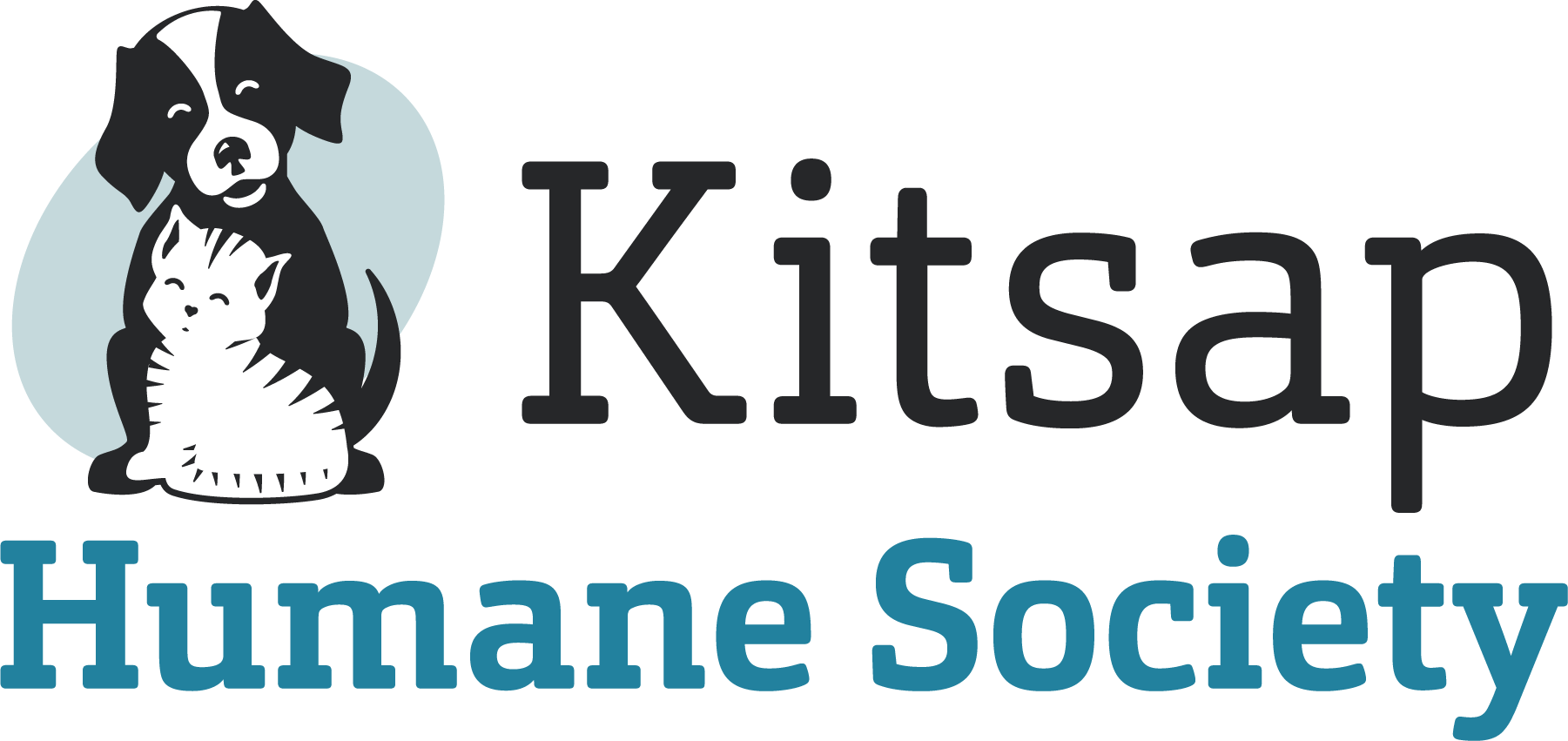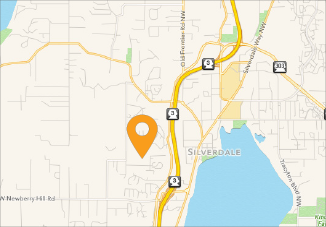KHS on Feral Cats
April 1, 2011
From our Director of Animal Welfare:
KHS does not adopt out domestic cats to barns, only feral or unsocialized cats. Trap Neuter Return and Barn Cat programs are common practices in many animal welfare organizations and communities around the country. Included are some of the most progressive animal welfare shelters to save the lives of the great number of cats who never had and nor ever will tolerate human contact.
KHS assesses each cat upon intake, has a cat socialization program in place so that any unsocialized/fearful kittens or adult cats that can be rehabilitated are adopted out. KHS also have cats who cannot be rehabilitated, which are considered unsocialized, semi-feral or feral. If relocation to barn or a feral colony with a caretaker is not option, the only alternative for these cats is euthanasia.
According to the feral cat coalition, there’s an estimated 60 million feral cats in the United States as of 2009. For those who may not know, a cat born and raised in the wild, or who has been abandoned or lost and reverted to wild ways in order to survive, is considered a free roaming or feral cat. While some feral cats tolerate a bit of human contact, most are too fearful and wild to be handled. Ferals often live in groups, called colonies, and take refuge wherever they can find food—rodents and other small animals and garbage. They will also try to seek out abandoned buildings, deserted cars, even dig holes in the ground to keep warm in winter months and cool during the summer heat. For more information, please see one of the nation’s leading organizations regarding feral cats or attend our session on TNR this Sunday.
Or visit this page for more information.
In reference to putting native and migratory birds at risk, there have been studies conducted on the matter, although still to be debated, click here for more information to give you some insight on the subject.



